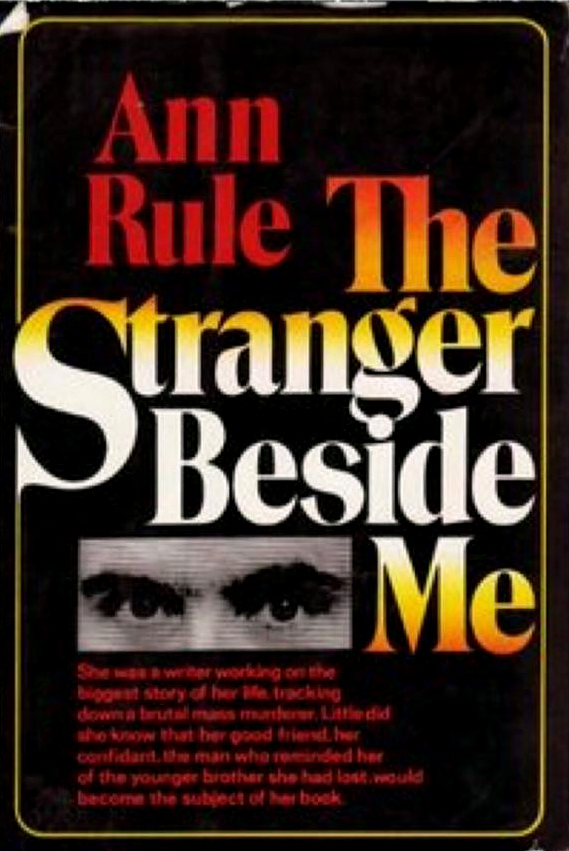
Ted Bundy was handsome, charming, a brilliant law student, and on the verge of a dazzling career. On January 24, 1989, he was executed for the murders of three young women, having confessed to taking the lives of at least thirty-five more.
This is the story of one of the most fascinating killers in American history―of his magnetic power, his bleak compulsion, his double life, his string of helpless victims. It is also the story of Ann Rule, a writer working on the biggest story of her life, tracking down a brutal mass murderer. Little did she realize that the “Ted” the police were seeking was the same Ted who worked with her at a Seattle crisis clinic, a man who had become her close friend and confidant. As she began to put the evidence together, a terrifying picture emerged of the man she thought she knew.
Thirty-five years after it was first published, The Stranger Beside Me remains a gripping, explosive true-crime classic.
True Crime Book Review Blog: The Stranger Beside Me
Ted Bundy and Ann Rule: Two names I am familiar with. One for being a notorious serial killer who unleashed his wrath onto the American public in the 1970s, the other, a novelist and a writer of crime and true crime. It was to my surprise that these two figures were friends and, in a twist of fate and irony, both worked in a crisis center sometimes helping talk people off the edge and preventing one from doing something radical, namely, suicide. While I am familiar with Ted Bundy, the mass murderer, I am not well-versed in his story other than the fact that he was a sadistic sociopath. I was intrigued to learn more about the story behind the madman.
The Stranger Beside Me is a first-hand account of author, Ann Rule’s, experiences with her friend Ted and the slew of murders that occurred in the Pacific Northwest and South-Eastern part of the United States by a handsome young man only identified as “Ted” who drove and lured women into a rusty, beat-up, beige Volkswagen Beetle. He would use a sling or walk with crutches to feign a false handicap so that he could entrap his suspects, a ploy to help him carry things or load things into his vehicle. Little did Rule know that this “Ted” was, indeed, her friend Ted Theodore Bundy.
It was very interesting to read her struggles not knowing what, or who, to believe. The media and the tabloids or her inner gut having known the man. Was her friend, Ted, responsible for the string of murders or did everyone have it wrong? I may be using the word friend loosely because my impression in reading the book was that she was more of an acquaintance to Ted Bundy rather than a friend. Sure, she worked with him and spoke with him outside of work but, who doesn’t? She went on with her own life after their “stint” in the crisis center and she had her problems that she had to cope with, which she makes clear in the book. She was, amidst all that was going on, in the process of writing a book. She just didn’t think that her former co-worker would end up being the main subject of the book. Still, I didn’t get much of the impression that there was a lot of emotion that was spewing out of the pages upon learning that her “friend” was being accused of these atrocities. Perhaps Rule put her professional hat on and detailed the facts as they were presented to her, leaving all emotion out, and only poised her speculations in the form of questions that only he could have answered.

I went in expecting to gather more detailed information on the murders themselves but, instead, The Stranger Beside Me read more like a series of elongated journal entries which is good because, again, I obtained some insight from someone who knew Ted Bundy. The Stranger Beside Me was a great read and would certainly recommend this to anyone interested in getting an idea of the climate when Bundy roamed the streets and killed young women, seemingly at random. There were times when I got the impression of his likeableness and understood how he was able to lure these women to their deaths but there was no mistaking that this man was no man at all but, rather, a monster.
